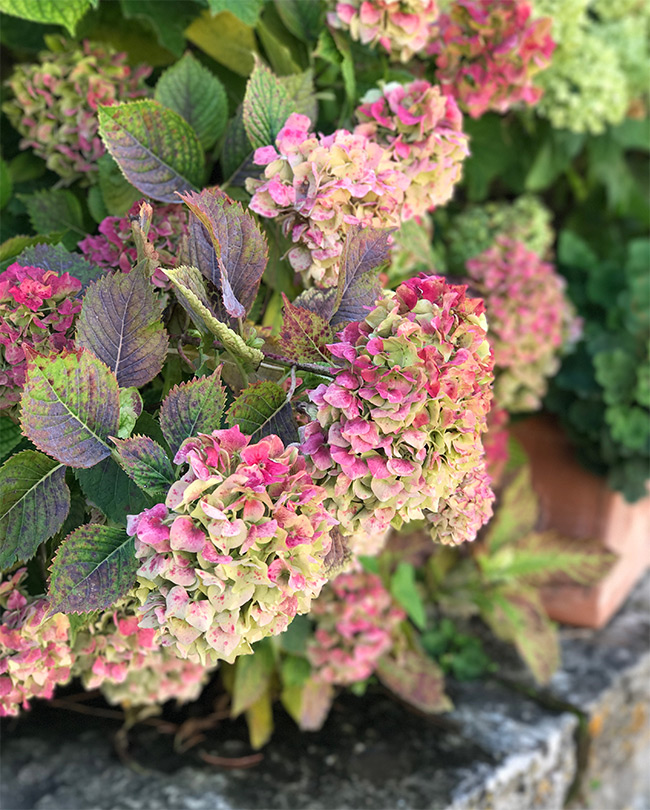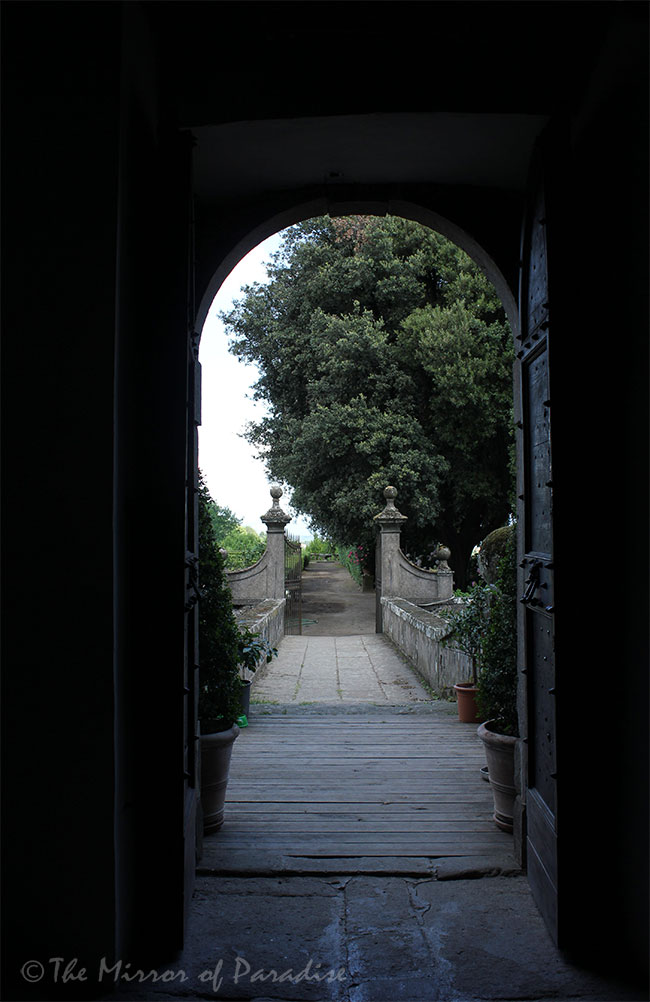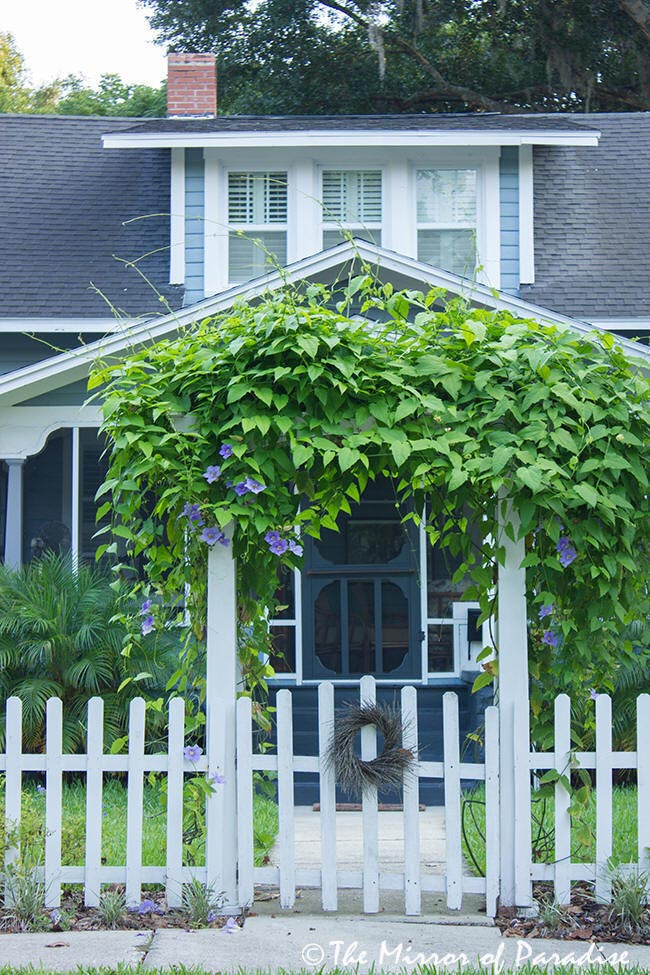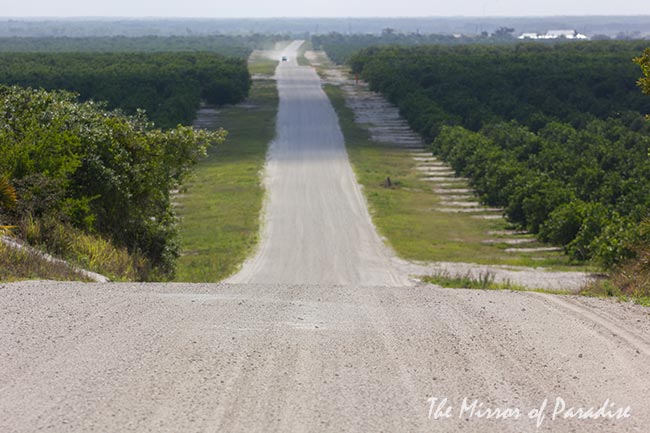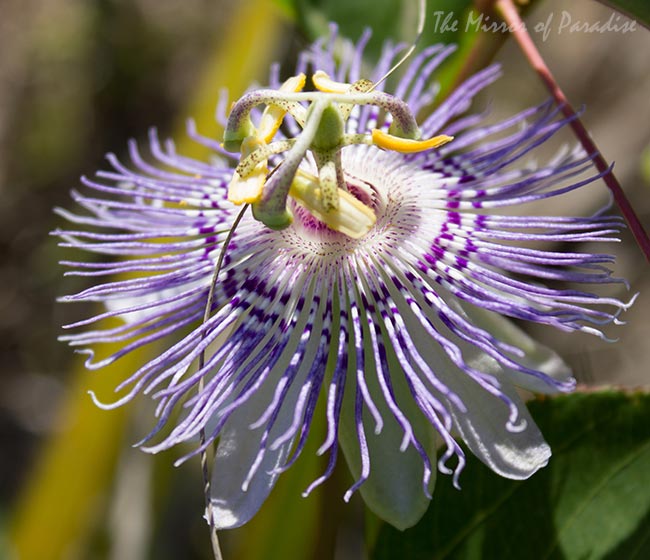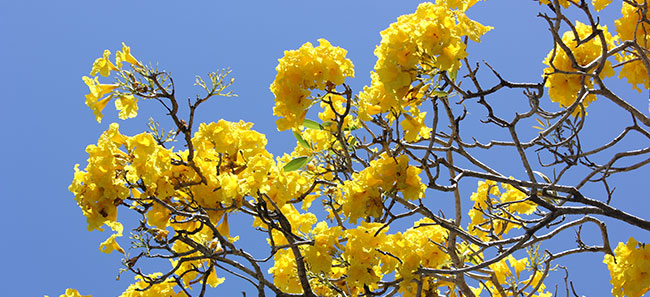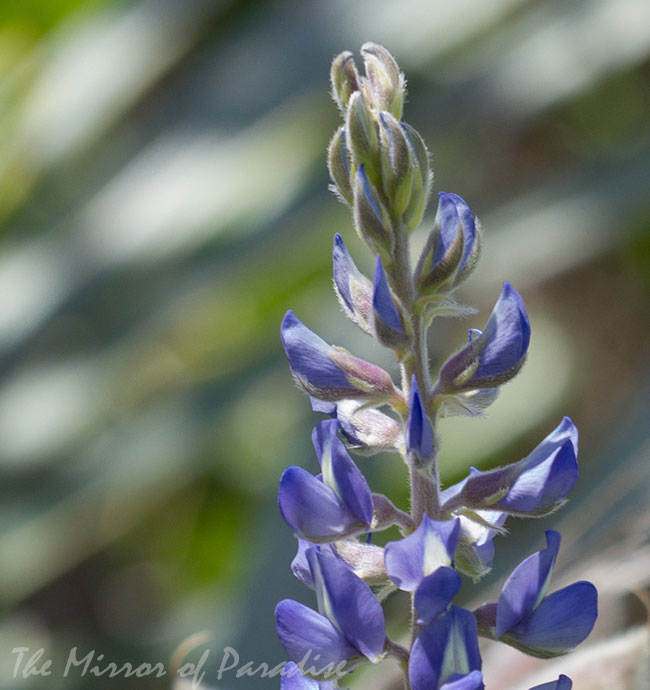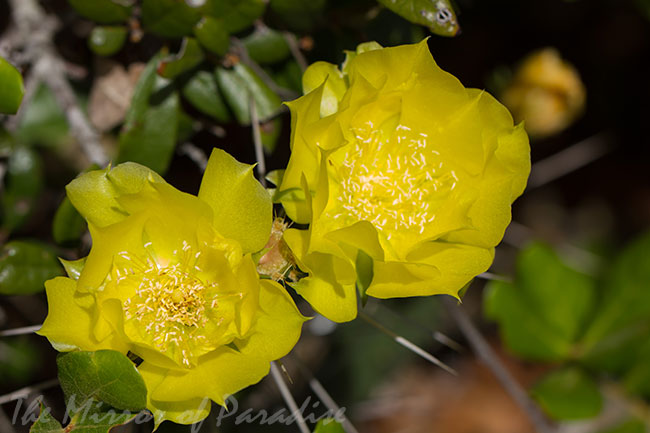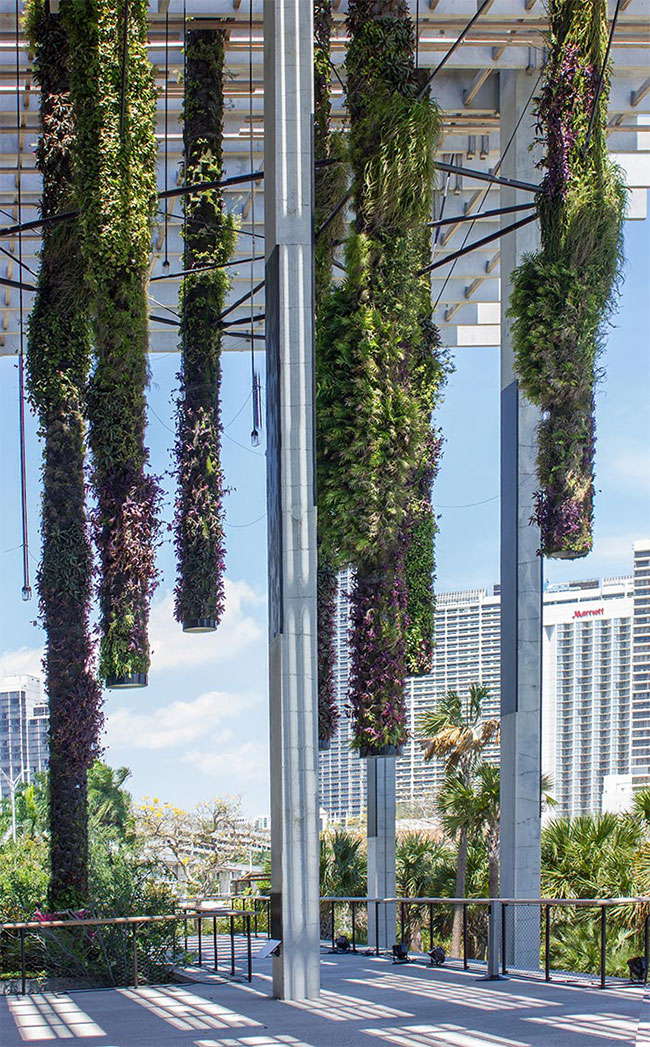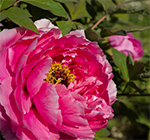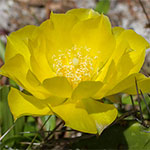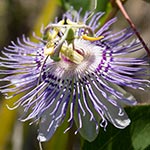LANDSCAPE ARCHITECTURE AND GARDEN DESIGN IN FLORIDA
Iguanas eating your garden?
Yes, it’s a nightmare if you have a garden. Imported years ago, as pets,
iguanas have escaped or been released to nature and now are more than
well established in South Florida.
Probably the most important
way to protect your garden is PLANT WHAT IGUANAS DON’T LIKE!
There isn’t any “scientific” list of plants that iguanas for sure avoid
or like, but we went through a lot of garden forums and gathered all
information from people’s direct experience. We built two lists for you:
• One list with plants that iguanas love and eat and
• One list
with plants that they will, with any probability, avoid.
DOWNLOAD BOTH LISTS
AND, PLEASE, SHARE THEM WITH YOUR FRIENDS.
'Borgo San Felice', Tuscany (Italy, first part)
(See here more pictures......)
The garden of Palazzo Ruspoli in Vignanello (Italy)
You can’t help feeling a bit like a princess while crossing the little drawbridge between the castle and the adjoining garden. A heavy, dark door separates the passage between the rather dark antechamber on the ground floor and the dazzling sunshine outside (...)
Gates and entrances ideas to steal.
June 2016, Mount Dora and St. Augustine, Florida
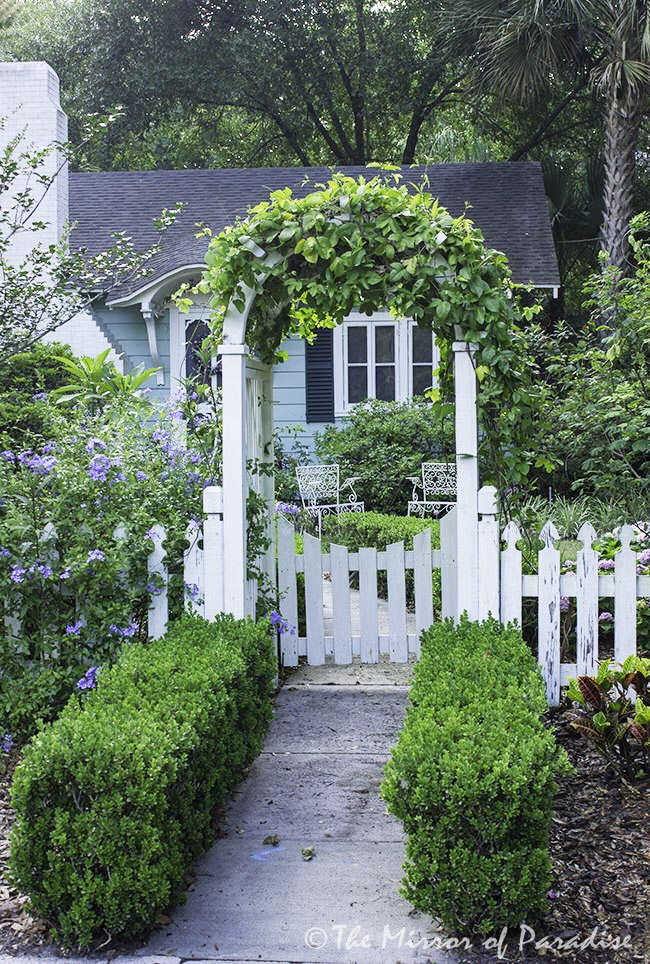
(See more pictures here.....)
Arbors of Mount Dora - ideas to steal.
June 2016, Mount Dora City on Lake Dora, Florida
(See more pictures here......)
The Rural Florida
May 13th 2016, North-West of Lake Okeechobee, Florida
Encounters along the road - wild and beautyful!
May 2nd 2016, along roads North-West of Okeechobee Lake, Florida
The weird spring of South Florida
April 2016, Fort Lauderdale, FL
When spring comes around, also the Web pages start blossoming with
tulips, hyacinths and lilacs. First with photos of what will hopefully
soon be seen in the gardens, and then with photos of all those small
miracles that have just bloomed.
It is easy to perceive behind
these images the joy of new-found colors, of the green growing again, of
the sunshine promising long hours out of doors.
But it’s not like
that here in the south of Florida. No – we don’t have all that. We have
a long, a very long uninterrupted summer that lasts from the 1st of
January until the 31st of December. Yes, sure, we’re those lucky ones
without any cold, but have you ever tried eating the same dish day after
day for weeks, months, even years? Try it.
At Juno Dunes Natural Area - the paradise of native plants
April 2016, Juno Beach, Florida
The pledge of white trees
April 2016, Fort Lauderdale, Florida
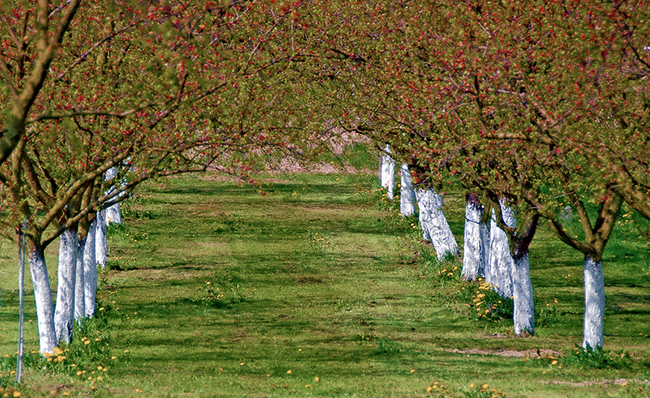
You may have happened to see tree trunks that have been painted
white. Well, probably not if you live in places where the winters are
mild, but certainly if you live in the north of Europe. In fact, I often
used to be surprised that I had never seen anyone in southern Italy
whitening tree trunks with lime the way they did every year in Poland.
At the beginning of winter, around December, my grandfather began
going round the orchard with a big bucket of slaked lime, and covering
the trunks of all the fruit trees with a thick white layer.
Perez Art Museum in Miami and its spectacular gardens
April 2016, Miami, Florida
The Resuscitated Plant
March 2016, Fort Lauderdale, Florida
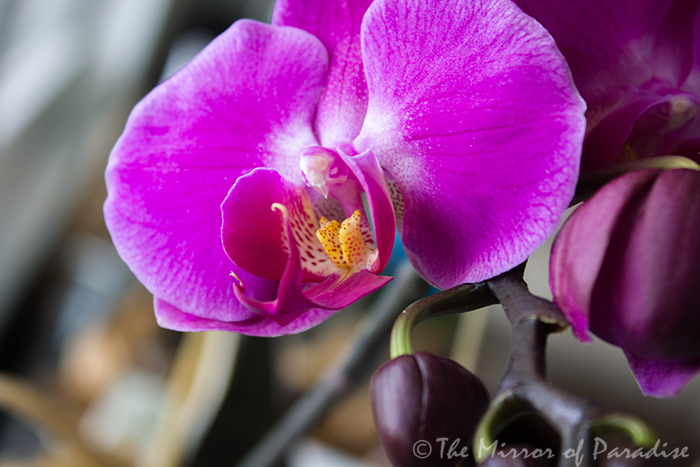
Have you ever happened to receive one of those plant compositions in a small pot, with all the plants perfectly blooming all together? They are usually very attractive so people buy them, very often spending a lot of money, and thinking it is better to make this kind of gift instead of cut flowers, because plants will live for a long time. They do live longer than cut flowers (usually) but in most cases they die immediately after they stop blooming. They are grown in nurseries and assembled to be pretty on shelves for the time buyers bring them home. They are forced to bloom and clumped up in small pots almost without any growing media.
Such was the composition I received. After a while all the plants were brown, dried out and dead. I had no time to deal with it at that moment so I put it on my balcony and forgot it. For a couple of months it stayed there without being watered, exposed to some of the worst conditions for growing plants – wind and salt spray just on the edge of the ocean.
Yesterday afternoon I was looking out of the window, enjoying the amazing view over the ocean that I never have time to appreciate, and suddenly, a surprise!
Phalaenopsis Orchids
April 2016, Fort Lauderdale, Florida
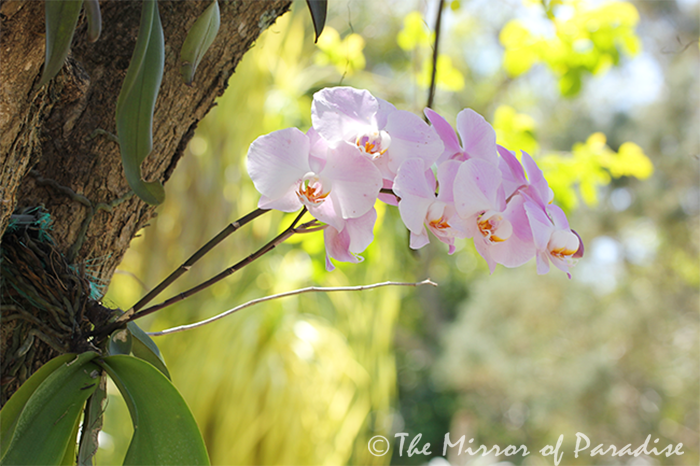
Having an orchid at home is an amazing adventure. It’s a plant that don’t even seem to be real. It’s flowers can last weeks and weeks, sometimes even months.
According to the American Orchid Society, Phalaenopsis gender is the easiest one to take care of and to make it grow well.
Water –if your Phalaenopsis is potted in bark medium, water once a week. If your plant is potted in moss – water when the top feels dry. Moss retains more water than bark so it will probably happen less often than once a week. It seems that is better to water on mornings. Don’t use distilled water, is enough to make the tepid water run through the plant for a minute and the drain it completely.
The curious and dangerous fruit of AKEE (Blighia sapida)
February 2016, Fort Lauderdale, Florida
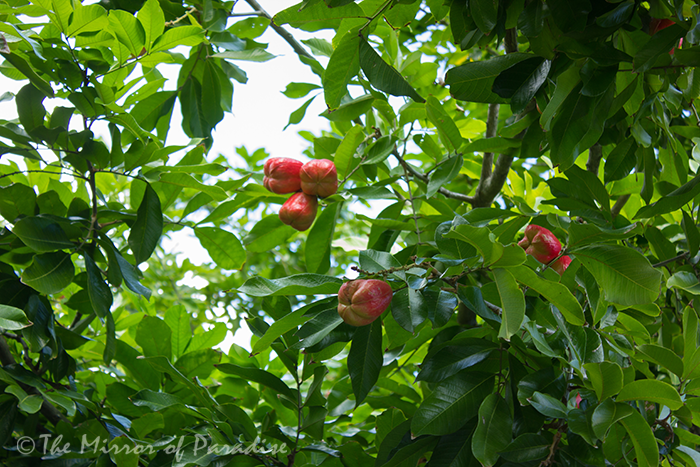
Named in honour of Captain William Blight of the Bounty mutiny. He is recorded as having brought Akee seeds from Guinea in West Africa to Jamaica in 1793. Slaves working there were familiar with this beautiful and weired fruit and knew how and when to eat it. A vital knowledge because if it is eaten before it is completely ripe, it is deadly poisonous.
